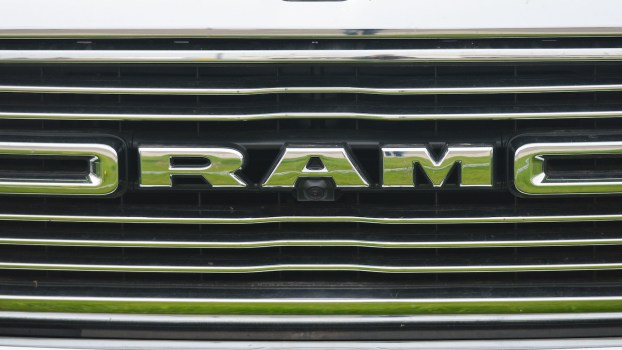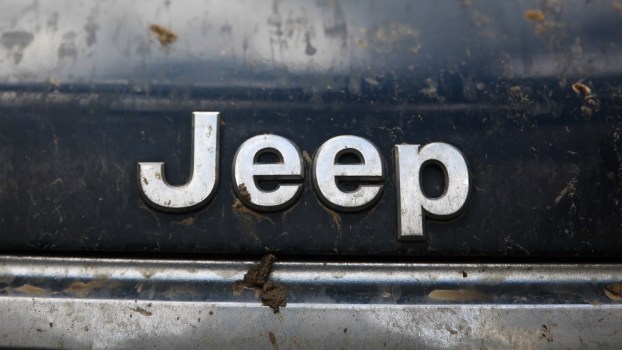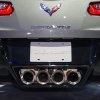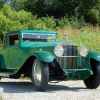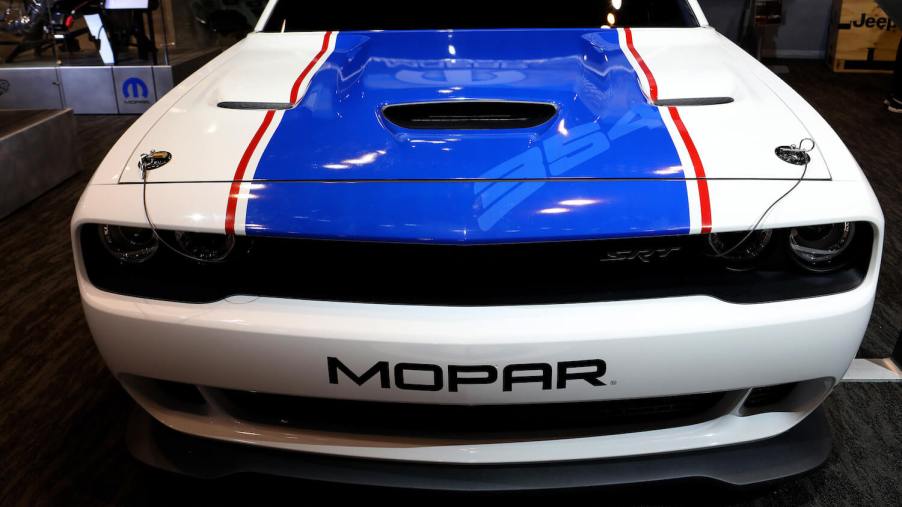
What is Actually a Mopar Car?
Mopar is one of the more confusing terms in the automotive world. Maybe you noticed the Mopar brand when shopping performance parts for a modern Charger. Perhaps you overheard motorheads refer to a vintage Plymouth Barracuda, Jeep, or even a Ram truck as a Mopar. Or you even saw the company sponsors race cars and races. So, what the heck is a Mopar car? Read on for the complex history of the word, from its 1920s coining, to its most common slang meaning, to its modern trademarks.
Chrysler Motor Parts became Mopar in 1937
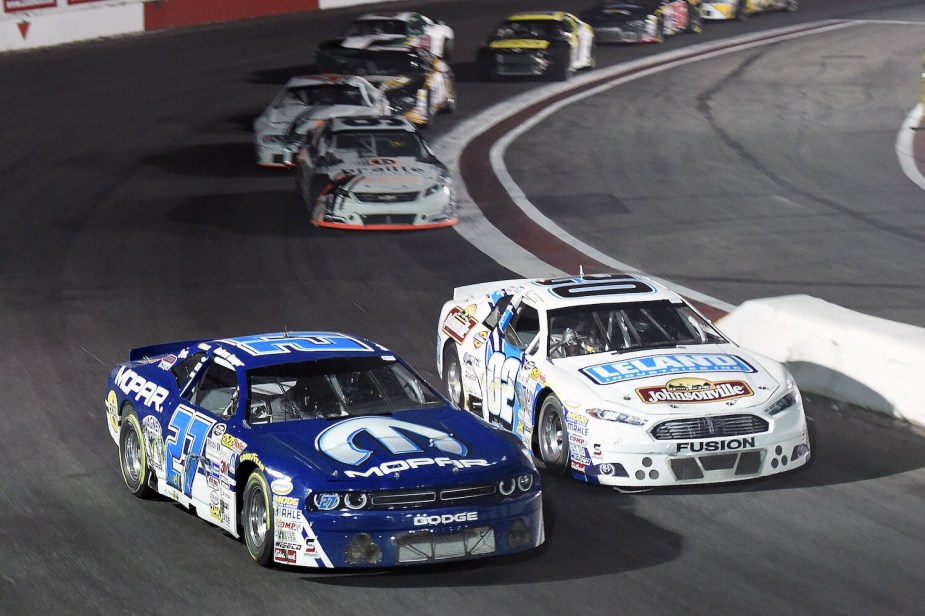
Back in 1937, the Chrysler Corporation came out with a brilliant new product: antifreeze. You may laugh, but back when cars’ radiators were full of regular water, owners had to drain all this liquid out on freezing nights, then pour in fresh water to start the vehicle. Engineers found that mixing ethylene glycol with water created a coolant that stayed liquid below freezing, and antifreeze was born.
Since the late 1920s, Chrysler Corporation’s motor parts division sometimes shortened its own name to MoPar. In 1937, Chrysler trademarked MOPAR and used it for its new antifreeze product line.
Over the years, Mopar’s catalog grew to include parts such as filters, vehicle waxes and cleaners, and even entire crate engines for hotrodders. By the 1960s, much of Mopar’s most successful products were speed parts engineered to coax even more horsepower from Chrysler Corporation’s muscle cars. Mopar also began to sponsor events such as the yearly drag racing championship in Denver.
Mopar was popular slang among Chrysler Corporation muscle car fans
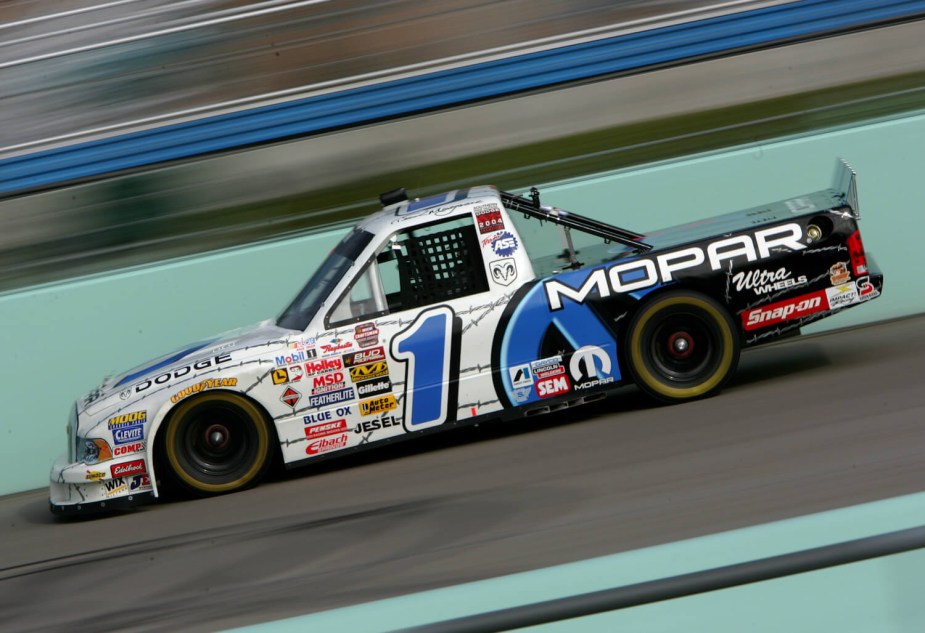
If you attended even a low level drag race in the 1960s or 1970s, many of the most competitive cars would have Mopar parts under their hoods, and perhaps even Mopar stickers on their bodies. Why? Probably to look more like the Mopar-sponsored race cars dominating the drag strips on TV.
At some point, many motorheads began to refer to all Chrysler Corporation muscle cars as “Mopars.” This included iconic classics such as the Dodge Charger and Challenger or the Plymouth Barracuda and Roadrunner. It also might refer to V8-equipped Chryslers and Imperials or more niche performance vehicles such as old De Sotos or Fargos.
Motorheads beyond race fans soon embraced the term and used it to refer to Dodge trucks. After Chrysler bought out American Motors Corporation, Mopar became synonymous with Jeeps and even the AMC Eagle–according to Motor Trend.
Chrysler Corporation was—and is—quite the web of interwoven brands. Mopar became an unofficial unifying term and a sort of rallying cry for fans of the automaker. The phrase “Mopar or no car” was a popular way to say you didn’t care whether it was a Plymouth, a Dodge, or a Chrysler—it was still better than a Ford or a GM.
Stellantis still operates a Mopar performance parts division
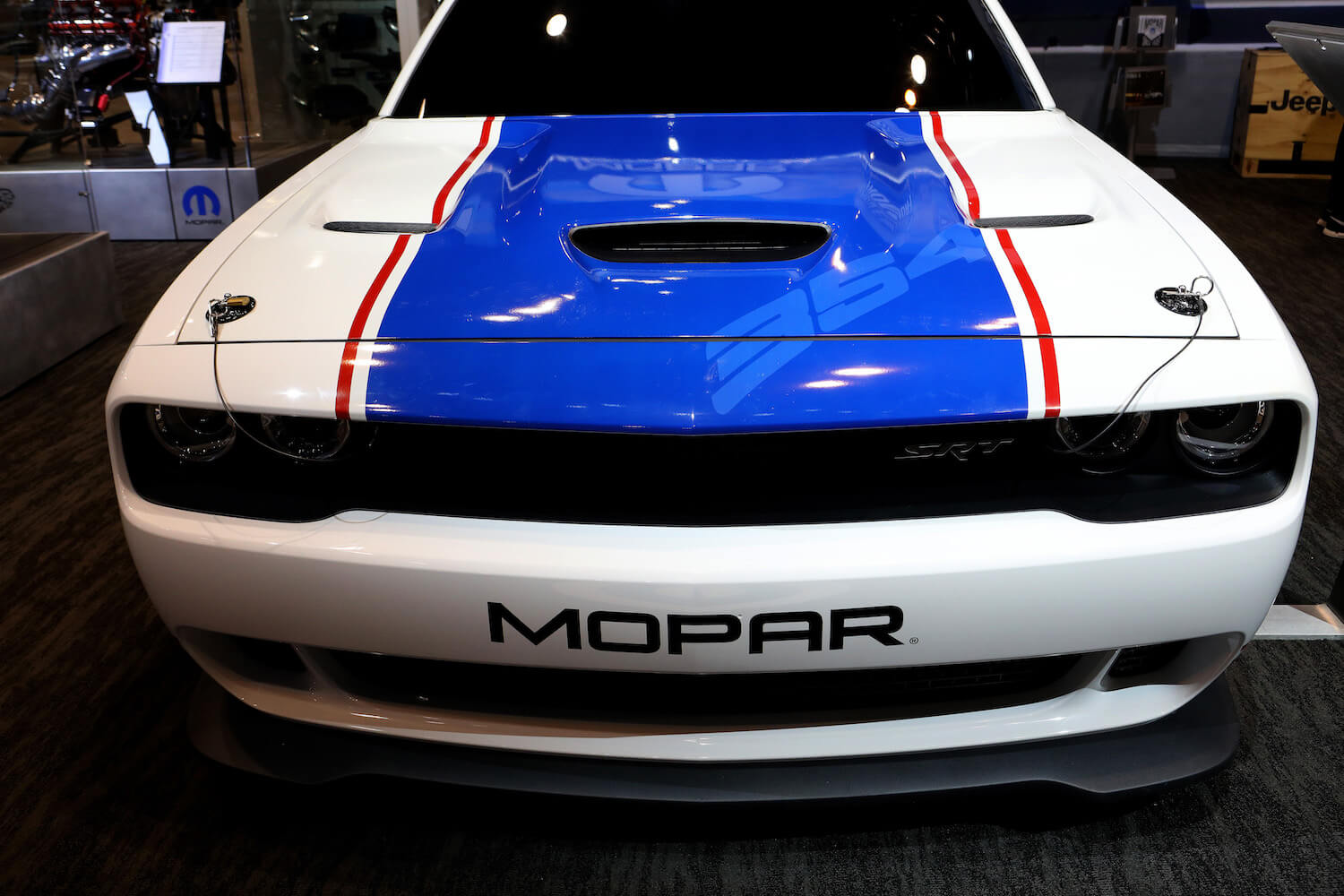
The Chrysler Corporation caught on to Mopar becoming a slang term for all its muscle cars. Over the years, Chrysler slapped the blue Mopar “M” logo on varous high-performance trims and even on the engines of certain production cars. But despite the evolving meaning of the word, the Mopar parts brand has kept plugging along for over eighty years. You can see the logo on everything from OEM-made oil filters on Walmart shelves to Stage 3 Hellcat performance kits. Mopar still sponsors race teams and even boasts the longest-running sponsorship in drag racing: the Mopar Mile-High NHRA nationals held in Denver.
Stellantis—Chrysler Corporation’s owner—is leaning into other retro brands, such as the dealership Direct Connetion racing parts line, while it pioneers eMuscle. We’ll just have to wait and see what the next chapter is for the Mopar brand.
Next, see why Stellantis should revive the Plymouth brand or learn more about the history of the Dodge Charger in the video below:
